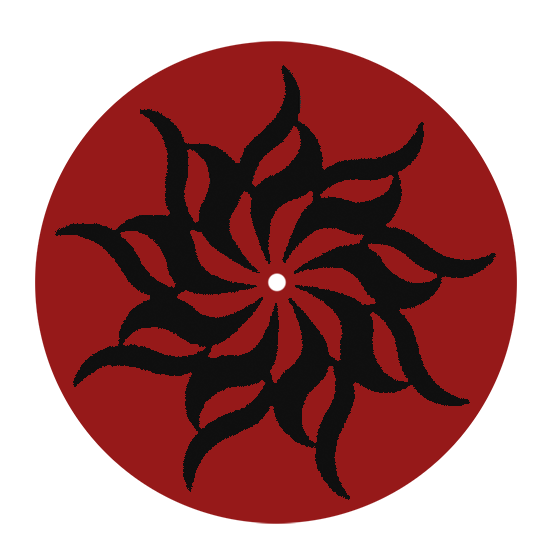Mūla bandha (root lock )
The contraction of the in the perineum, between the anus and the sexual organ (for males) and at the cervix, where the vagina and the uterus meet (for females) is know as mūla bandha. Do not confused mūla bandha with aśvini-mudra (contraction of the anus) or with the light pelvic floor muscles contraction of ujjāyī prāṇāyāma. Generally mūla bandha is accomplished at the end of inhalation, it is hold during inner retention and it is released during exhalation. Advance practitioners may hold the mūla bandha while breathing but with more intensity at the end of the inhalation.
Uḍḍiyāna bandha (fly upwards lock)
When the breath is hold out after a complete exhalation and the diaphragm is raised inwards and upwards a kind of vacuum and lock created in the chest. This is called uḍḍiyāna bandha. Uḍḍiyāna bandha should not be confused with the gentle withdraw of the abdomen toward the spine performed during ujjāyī prāṇāyāma. The mūla bandha and the uḍḍiyāna bandha are better performed with jālandhara bandha.
Jālandhara bandha (lit. net-stream lock or throat lock)
The firm pressure of the chin on the collarbone is know as jālandhara bandha (throat lock). The jālandhara bandha is achieved either before inner retention or outer retention. It can be hold while breathing for prolong period of time and in various āsanas. It can be combined with both mūla bandha and uḍḍiyāna bandha.
Combination of bandha-s
The mūla bandha is better achieved by performing first the jālandhara bandha during the inner retention of breath. Both locks are released with the exhalation; first the jālandhara bandha followed by the mūla bandha. The combination of jālandhara bandha and mūla bandha can be hold while breathing for prolong period of time in various āsanas with more intensity during at the end of the inhalation. The uḍḍiyāna bandha is better achieved by performing first the jālandhara bandha during the external retention of breath. The lock it is hold during the inner retation of breath; then both are released (first the uḍḍiyāna bandha followed by jālandhara bandha) before the inhalation.
Māha bandha
The combination of the three locks is called māha-bandha (lit. the great lock). It is much more effective than the three locks practiced separately. The māha-bandha is performed after a complete exhalation in the following order: the jālandhara bandha followed by the uḍḍiyāna bandha followed by the mūla bandha. The three locks are hold during external retention without straining. Then one by one is released in the opposite order (i.e. the mūla bandha, the uḍḍiyāna bandha, and only finally the jālandhara bandha).
